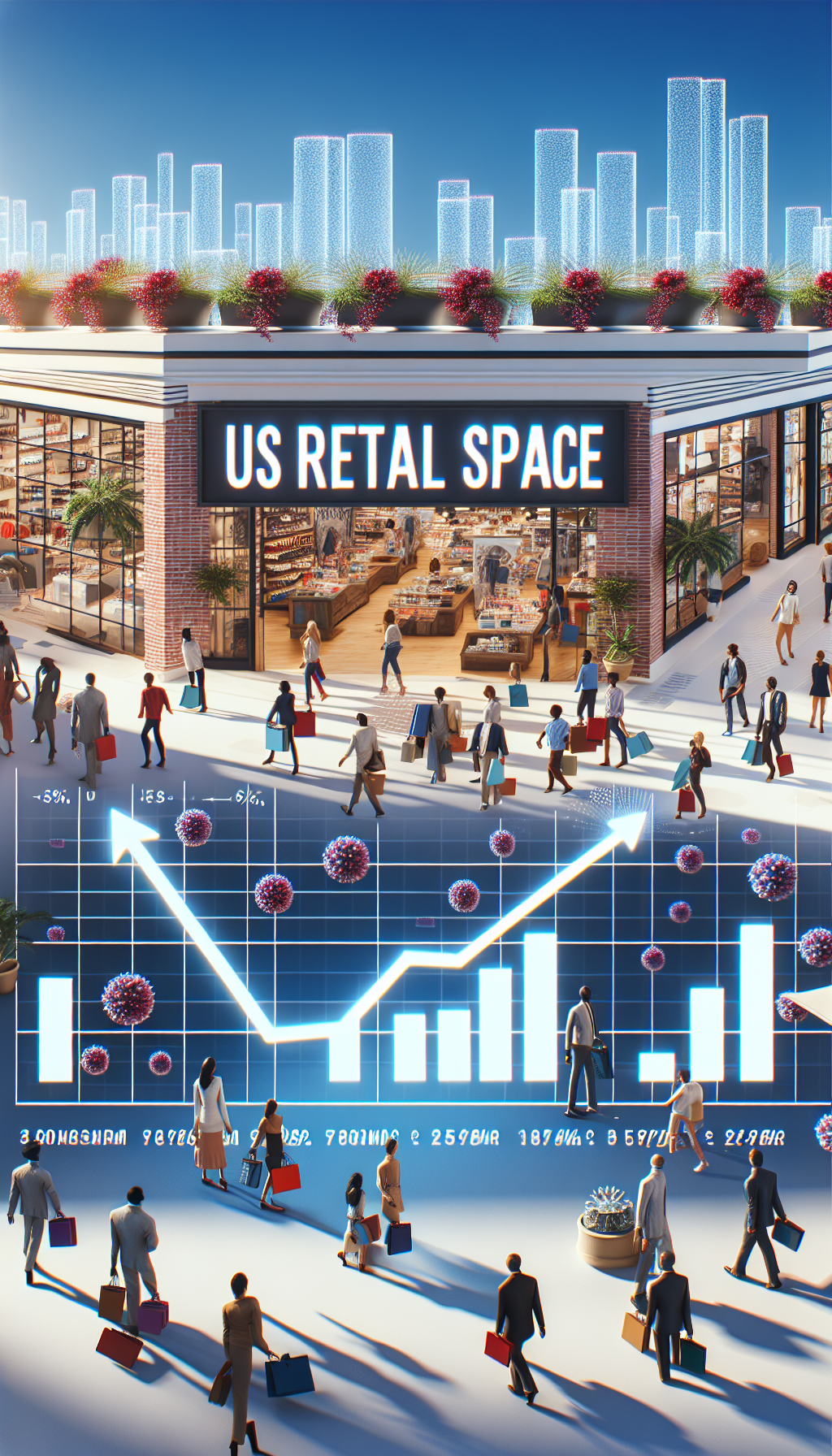Understanding Post-Pandemic Retail Space Demand
Shift to E-Commerce and Omnichannel Strategies
The pandemic accelerated a significant shift towards e-commerce, fundamentally transforming retail space demand. While online sales surged, traditional brick-and-mortar retailers adapted by implementing omnichannel strategies. Retailers began prioritizing integrated approaches, merging their physical stores with online platforms for a seamless shopping experience. This has led to an increase in demand for retail spaces that can accommodate inventory distribution and serve as experience hubs rather than mere sales points.
Reimagining Retail Spaces
Post-pandemic, retailers are reassessing their physical spaces, focusing on creating experiential environments that engage customers. This trend emphasizes designing spaces that promote shopping as an experience, rather than a simple transaction. Retailers are incorporating elements that invite customers to linger—such as cafes, interactive displays, and areas for community events. Retail configurations have shifted, paving the way for open layouts and space optimization that enhances the consumer experience.
Strategic Location Analysis
Location remains a critical determinant of retail success, but the criteria have evolved. Retailers now seek sites with easy access to logistics networks due to the emphasis on rapid delivery and click-and-collect options. Markets that provide a combination of high foot traffic and the proximity to residential areas are preferred. Suburban locations are becoming more attractive as urban centers face rising operational costs and changing consumer behavior patterns.
The Rise of the Micro-fulfillment Center
Micro-fulfillment centers are rapidly gaining traction as retailers look for innovative ways to bridge the gap between e-commerce and brick-and-mortar shopping. These facilities, often located within urban areas, allow for fast fulfillment of online orders and enhance last-mile delivery efficiency. They enable retailers to stock products closer to consumers, thus minimizing delivery times and costs. This change has led to increased demand for smaller retail spaces strategically located to support these initiatives.
Increasing Focus on Sustainability
As consumers become more environmentally conscious, retailers are increasingly seeking retail spaces that align with sustainability goals. Retailers are rethinking their supply chains, emphasizing sustainable materials and energy-efficient operations. Spaces designed with eco-friendly principles, such as natural lighting, energy-efficient HVAC systems, and sustainable construction materials, are highly valued. This trend not only helps in reducing carbon footprints but also attracts a growing segment of eco-aware consumers.
Influences of Technology Integration
The adoption of technology in retail spaces is more pronounced than ever. Retailers are investing in spaces equipped with advanced technologies that enhance customer interaction and streamline operations. Innovations such as contactless payment systems, augmented reality (AR) experiences, and interactive digital displays are becoming standard. The demand for tech-ready retail environments is driving landlords to adapt existing spaces or create new ones tailored for tech integration.
Flexible Leasing and Hybrid Models
The pandemic taught retailers the importance of flexibility, leading to a rise in flexible leasing arrangements. Traditional long-term leases are being replaced with short-term and pop-up models that allow retailers to adapt quickly to market changes. This trend is particularly notable in urban environments where demand can fluctuate seasonally or based on emerging consumer preferences. Moreover, hybrid retail models that blend online and offline experiences are reshaping leasing strategies in the retail sector.
Growing Demand for Health and Safety Measures
Health and safety have become the forefront concerns for consumers in the post-pandemic world. Retailers are seeking spaces that can easily accommodate measures such as HVAC improvements, advanced sanitation stations, and adequate spacing for social distancing. The need for well-ventilated areas, frequent sanitization, and clear signage reflecting health protocols is reshaping how retail spaces are designed and utilized.
Rise of Experience-driven Retail
As consumers emerge from the pandemic, there is an increased demand for memorable shopping experiences that go beyond traditional retail. Experience-driven retail has gained momentum, with brands developing immersive environments where customers can engage multiple senses. Whether through workshops, art installations, or themed events, retail spaces are being designed to create strong emotional connections with consumers, enhancing brand loyalty and encouraging repeat visits.
The Role of Community Engagement
Communities play a crucial role in driving foot traffic to retail spaces. Retailers are increasingly engaging with local communities to better understand their needs and preferences. Creating spaces that foster community interaction is becoming essential. This includes outdoor areas for events and partnerships with local businesses, which not only enhance customer experience but also promote a sense of belonging, directly impacting demand for versatile retail spaces.
Shift from Fast Fashion to Sustainable Brands
The pandemic has also catalyzed a shift in consumer values, with many opting for sustainable brands over fast fashion. Retailers are redefining their offerings to align with the growing demand for ethically produced goods. Spaces that reflect sustainable practices—from sourcing to display—are becoming more mainstream. This trend is fostering demand for retail spaces that can accommodate unique designs and innovative layouts conducive to showcasing sustainable products.
Adaptation for Food and Beverage Experiences
The food and beverage sector has seen an immense transformation, with an increased focus on outdoor dining and takeout services post-pandemic. Retail spaces adaptable for food and beverage services are in demand as consumers favor restaurants that can provide flexible dining experiences. The integration of green spaces, pathways for ease of access, and versatile seating arrangements contribute to creating inviting environments for patrons.
Economic Factors Affecting Demand
Economic recovery from the pandemic is impacting retail space demand. As disposable income and consumer confidence rise, retailers are re-evaluating their need for physical space. This economic landscape influences the types of retail spaces being sought—those that balance cost-effectiveness with the potential for customer engagement and experience creation. Retailers are analyzing market trends, focusing on profitability while committing to innovative space utilization.
Conclusion
Emerging trends in post-pandemic retail demand highlight a fundamental shift toward a consumer-centric approach, integrating technological advancements, sustainability, and community engagement into the fabric of retail spaces. With brick-and-mortar retailers rewriting their playbooks, the landscape of US retail space demand is likely to continue evolving, reflecting broader societal and economic changes. Retailers willing to adapt to these changes will find opportunities to thrive in a newly defined market.

